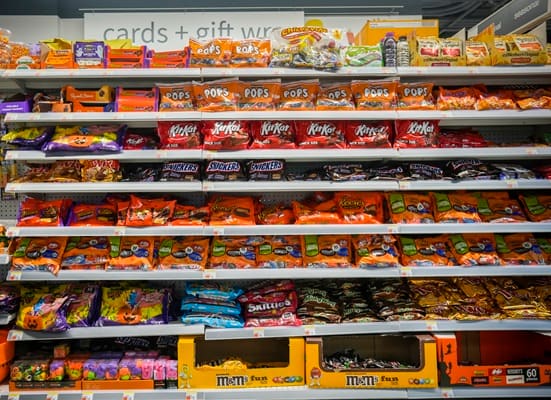According to the British Retail Consortium (BRC) in the period between 1 to 7 October shop price inflation decreased to 1.0% year on year in October, against growth of 1.4% in September. This is below the 3-month average of 1.1%.
Non-Food inflation decreased to -0.4% year on year in October, against a decline of -0.1% in September. This is in line with the 3-month average of -0.4%.
Food inflation decreased to 3.7% year on year in October, against growth of 4.2% in September. This is below the 3-month average of 4.0%.
Fresh Food inflation increased to 4.3% year on year in October, against growth of 4.1% in September. This is above the 3-month average of 4.2%.
Ambient Food inflation decreased to 2.9% year on year in October, against growth of 4.2% in September. This is below the 3-month average of 3.8%.
Helen Dickinson, Chief Executive of the BRC, said, “Overall shop price inflation slowed in October, driven by fierce competition amongst retailers and widespread discounting.
“While food inflation remains high, especially for fresh food where prices continued to rise, it eased for ambient goods. Easing global sugar prices helped to bring down prices of chocolate and confectionary, a treat for those preparing Halloween parties. Beyond food, discounts came early to electricals and health & beauty, as retailers started promotions ahead of Black Friday month.
“The IMF recently warned that UK inflation will be the highest in the G7. With the Budget less than a month away, the Chancellor has an opportunity to relieve some of the pressures that are keeping the cost of essentials high. Labour’s promised business rates reform must deliver a meaningful cut to retailers’ rates bills, and ensure that no store pays more. Rising employer National Insurance Contributions and a new packaging tax have directly contributed towards rising inflation, according to the Bank of England. Adding further taxes on retail businesses would inevitably keep inflation higher for longer.”
Mike Watkins, Head of Retailer and Business Insight, NIQ, said, “Inflation is higher than a year ago, and with pressure on household budgets and weak sentiment, retail spend continues to be subdued.
“However, food retailers are in a battle for market share, and many are offering targeted price cuts, and non-food retailers will wish to avoid any price increases over the next couple of months.”

